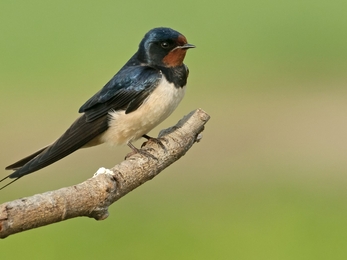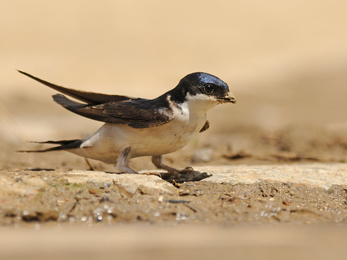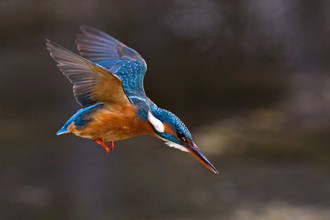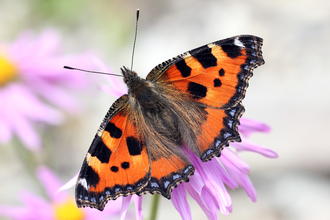Spring unfurls across the northern hemisphere in a slow wave as daylight hours grow longer and temperatures rise. When I lived on a hill, 1,000 feet up and four miles from Oswestry, I used to notice how celandines and primroses would open a good ten days later around my home, where it was about 2° colder, than in the hedge banks lower down.
First swallows
Swallow - Amy Lewis
Now, as spring migrant birds start to arrive in Shropshire, we have time and opportunity to watch and listen for them. It is surprising what arrives in towns at this time of year:
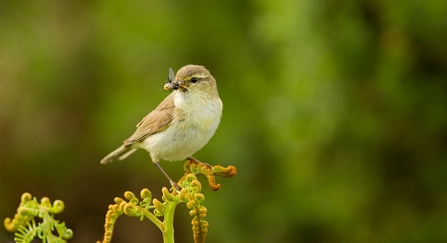
Willow warbler - Ben Hall/2020VISION
I heard my first willow warbler the other day, blown in on the southerly winds and singing from a tree a few gardens up from mine. It will soon move on to search for a mate and a thorny thicket for its secret nest, but it’s a real joy to catch its sweet song, with its ‘cadence soft as summer rain’ (as Sir Edward Grey described it), right here in my garden. The dramatic reduction in traffic noise means I can hear it clear and loud – bird song recorders must be in their element right now.
Swallows and house martins disperse from their wintering grounds in Africa arriving in their breeding areas according to the time when it is warm enough for insect populations to become abundant.
In the Middle East this means February, while the first summer-heralding birds are just now touching down in the UK. Some have already been sighted in Shropshire.
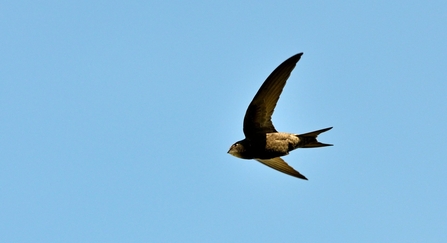
Common Swift Apus apus - David Tipling/2020VISION
We will have to wait a few more weeks for swifts, though a couple of impatient birds have already been sighted here. In southern Europe however, they are back in their thousands. A friend in Extremadura, locked down under stringent Spanish rules, is watching them happily from his balcony.

Sarah Gibson
Sarah Gibson
Communications Officer, Shropshire Wildlife Trust


